Halcyon Days in the Dream City
by Mrs. D. C. Taylor
Continued from Part 3

Do you see yonder carved and arched doorway, hung about with gaudy foreign stuffs, where a constant stream of people is being swallowed up in the gloom within? Let us too undergo the swallowing process. So! Here we are! A long broad avenue lined on either side with little cells containing merchandise of strange forms.[1] Here is one larger than the others, let us go in. Three veritable fat Turks with large melancholy dark eyes, swarthy skins, and black silky moustaches, crowned each with a scarlet fez, but alas! clothed in coat and trousers, step obsequiously forward to ask our will, and are as politely affable when we reply that “we are not buying today” as if we had given them an order of an hundred dollar’s worth of goods. Politeness is so cheap and so pleasant.
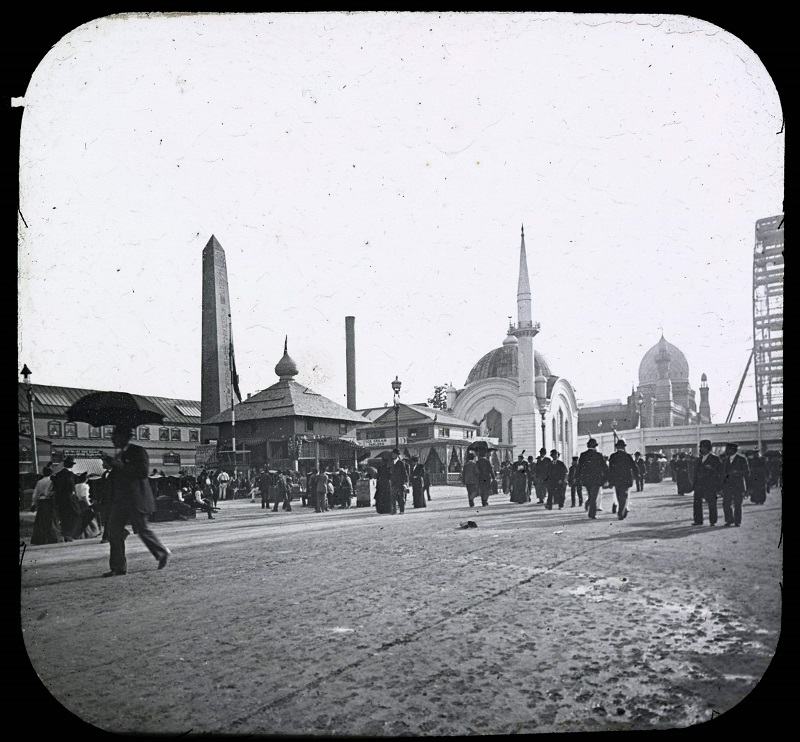
The Turkish Village on the Midway Plaisance of the 1893 World’s Columbian Exposition. [Image from the Newberry Library.]
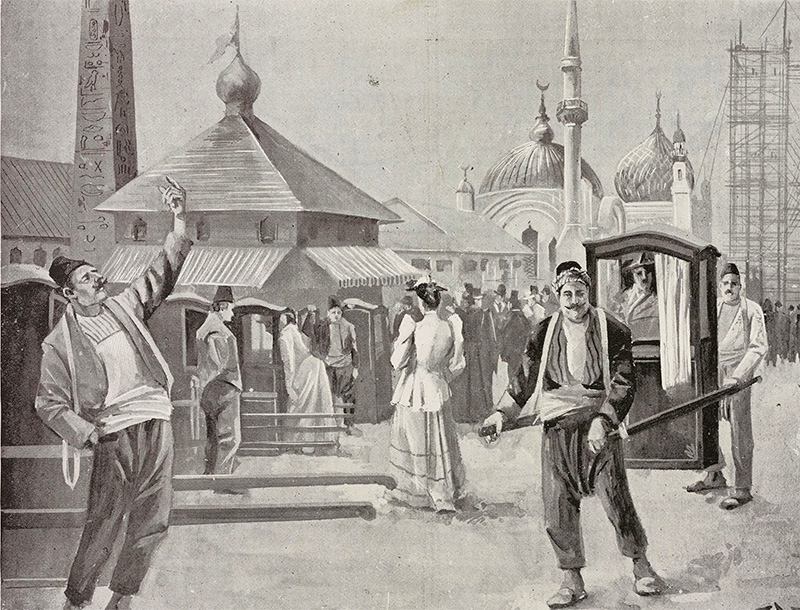
Scene in front of the Turkish Village. [Image from The Graphic History of the Fair. Graphic Co., 1894.]
What are they for? What are their uses, all these countless marvels of ivory and sandal wood like petrified lace; these wonders of arabesque leaf, flower, bird and beast, cut in olive wood and ebony? Is that a table, that low, hexagonal wonder of white lace and jet? Ebony and ivory, you say. Surely one could never use such a table as that, only worship it as a thing of beauty. Here is a cell where preside the “Geni of the lamp;” strange and graceful shapes of brass, silver, bronze and iron, glowing with jewels and swung with glittering chains; cups, vases, urns and censors, beautiful, various, grotesque, but nothing one could sit down by and comfortably read a book or newspaper. But the Turk does not want to read. Indeed! Mrs. Turk cannot read, and they both love a soft gloom, a dull, rich perfumed semi-darkness, such as these lamps are formed to faintly shadow forth. Here is a cell where should preside the swarthy little gnomes that delve in darkest deeps and caves of earth, where the gems glitter in their pristine brightness, for earth’s wealth of jewels and gold, and precious metals of all kinds are represented here, and the cunning hand of man has so wrought them into chain, brooch, bangle and ear drop, into girdle, diadem, clasp and ring, that the eye is bewildered, and roves from each to each without seeing any. All to deck man’s toy and plaything; that he reckons as not of so much value as these glistening gauds he spreads so temptingly before her. How would you like this chainlet of frosted silver, with pendant crescents of turquoise, each trembling in a silver thread-like ring, or this gauzy, golden butterfly brooch, its wings encrusted with tiny sparks of green or scarlet, or one of these many pins for robe or hair, in heart, wreath or quaint arabesque? How would you like this tiny spoon, its handle of slender twisted threads of gold, and its shallow pointed bowl of lapis lazuli, inlaid with hieroglyphics of pearl, or how would you like ?
—but see! There is a cell where you can get rugs. Oh, those dreams of the Orient! those rugs, so soft, so rich in texture and color; some are of dark, sombre dye, some are gaily interwoven of every hue of the rainbow, melting and soft as the rainbow itself. Pile, inches thick, velvet soft, yielding to pressure like moss. From a carpet for a good-sized room to a little thing to lay before your footstool, each one perfect in color and design. What visions of soft couches and noon day slumbers they bring; of kneeling slaves, bearing curled and fantastic nargilehs, of drowsy pashas reclining in turbaned calm, while no foot fall on the velvet floor disturbs their pillowed rest. Here again we would buy a memento, but the infinite variety and richness of the offering bewilders the choice, and we go out sated and rugless.
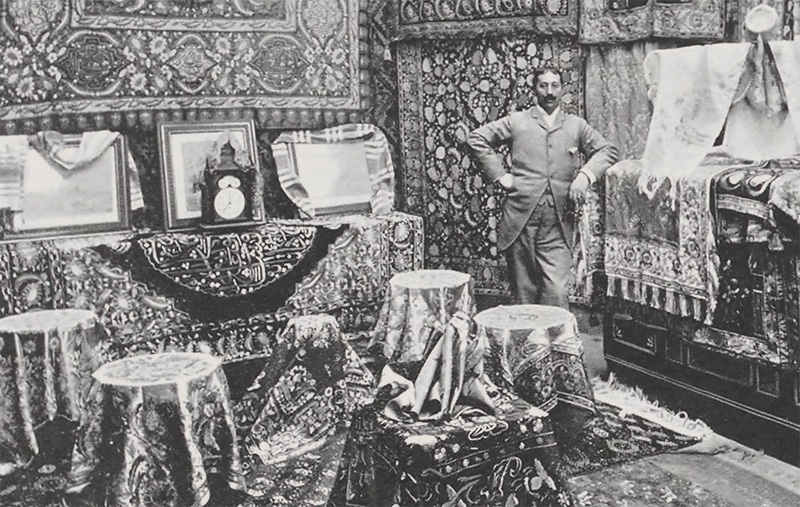
Makers of good carpets and curtains at the Turkish Bazaar. [Image from Unsere Weltausstellung. Eine Beschreibung der Columbischen Weltausstellung in Chicago, 1893. Fred. Klein Co. 1894.]
We are nearing the end. We see an arch of blinding sunlight before us, but we will pause at the cell where relics from the Holy Land are offered us. Crosses of sandal and olive wood of every design and size are here; fragrant and delicate, they breathe a breath of sadness into this crowded mart. Here is no color save of subdued grave cast; palest browns, olives, ebony and ivory, with the gray of silver, comprise the range of tints, and after our surfeit of color and splendor the eye is rested and the mind refreshed. We handle them tenderly, these things from the far off land where the light of hope first dawned. See this olive wood cross with a pale ivory figure stretched upon its arms; note the exquisite carving, the upturned eyes, the pallid sunken cheeks; lay it down reverently. See this rosary, every bead a prayer. Catholic, you say? Ah! yes, Catholic! embracing all. We buy, and clasping each a cross in our hand, step out of the land of the Moslem and the cross into plain American daylight. But what puzzles us is how the Turks have managed to bring their climate with their wares, for we discover that we are streaming with perspiration; have been suffocating with heat during our trip through Turkey; that while outside the air is cool and pleasant, in the Turkish Bazaar it is as burning hot and lifeless, as the air of the deserts themselves.
Continued in Part 5
NOTES
[1] The “Turkish Village” concession was operated by Souhami, Sadhullah and Company and was one of the first attractions to set up on Midway Plaisance. The village consisted of several structures and attractions, including a Turkish Theater, a Turkish street filled with venders, a “Persian Tent,” a café and restaurant, and a mosque with tall minaret tower that could be seen from many parts of the Midway.
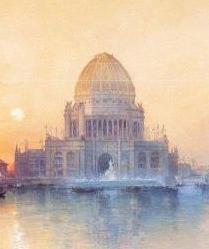
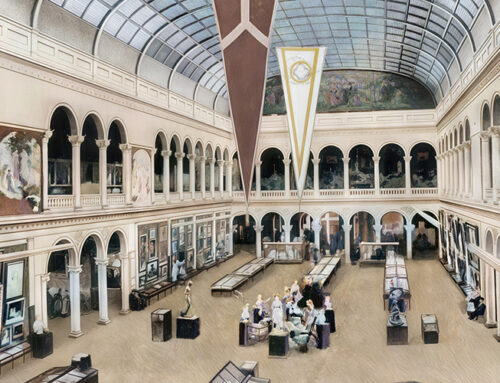
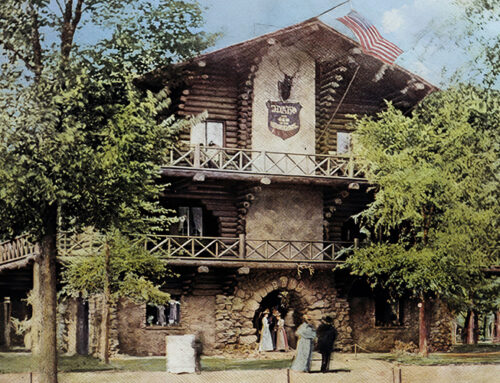
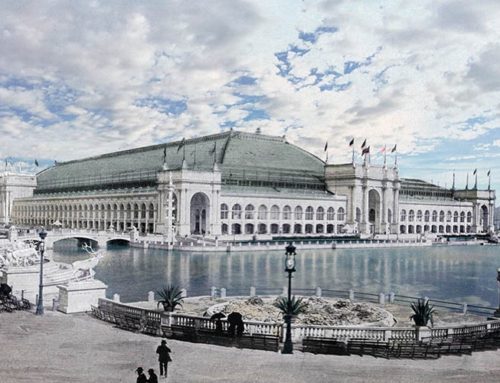
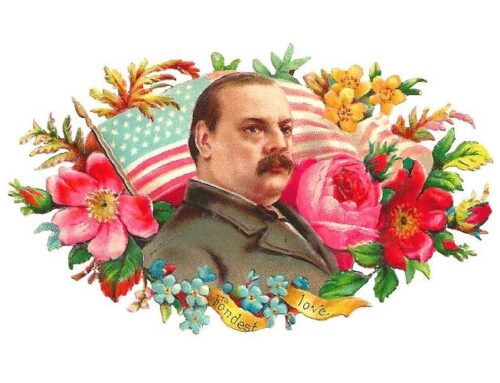
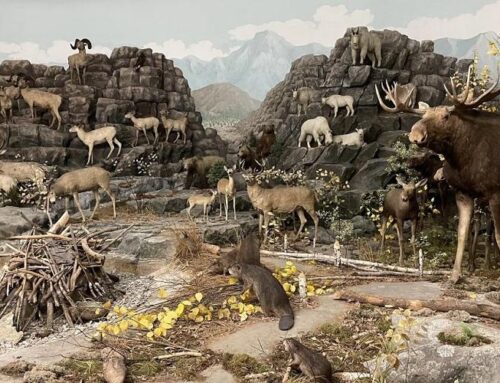
Leave A Comment